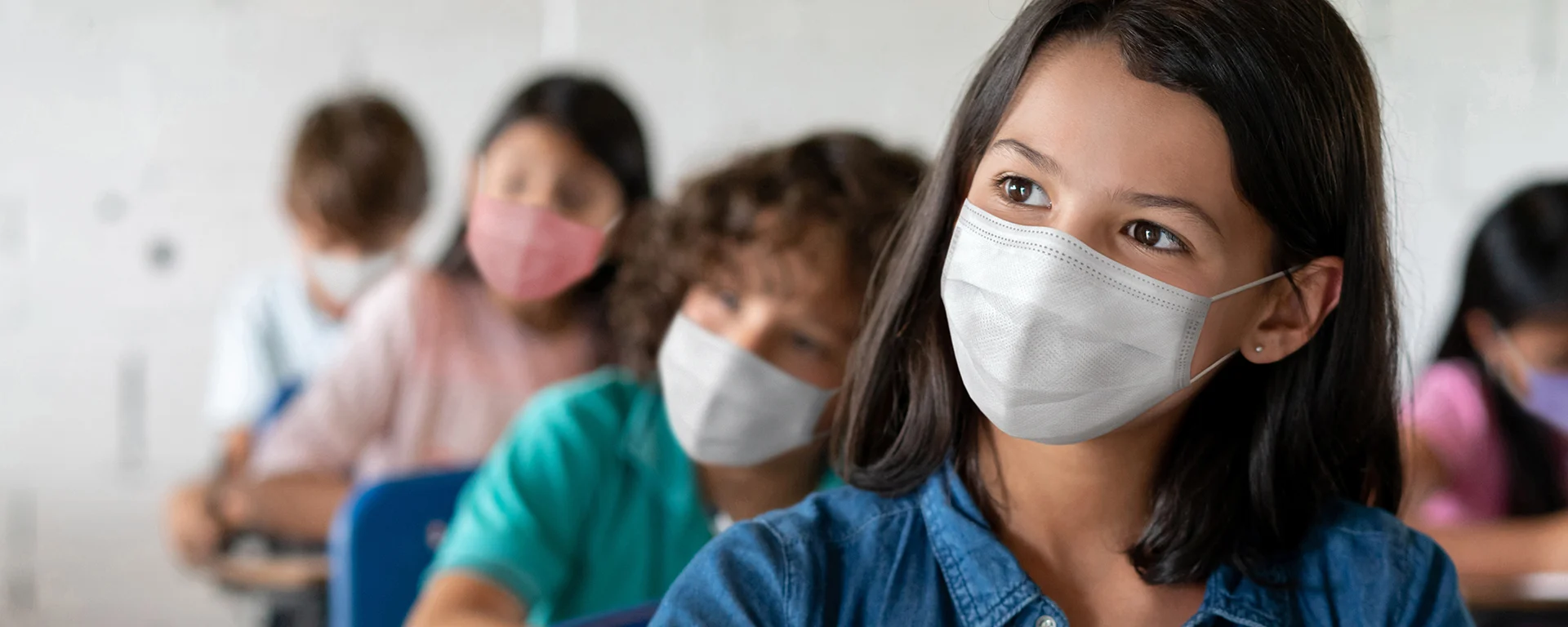COVID Could Cost You
Protect yourself from financial disaster.
Imagine this scenario: You contract a horrible breakthrough case of COVID (even though you are fully up to date on your vaccines), and you’re stuck in the hospital for several days. Finally, the hospital discharges you — with a bill for $15,000, after insurance! And that’s not including the lost time away from work while you were sick or other potential expenses you may incur, like additional child care costs.
Unfortunately, this scenario is an all-too-common one for many Americans. While most people who get COVID don’t need medical intervention (especially if they are vaccinated), for those unlucky few, the cost of treatment can be devastating. The costs you’re responsible for will depend on your particular health insurance plan, but if you’re like me and have a very high deductible, co-insurance responsibilities, and out-of-pocket maximums, these costs can start to add up.
Let’s look at the potential bills:
Testing costs — if you’ve been exposed or have COVID symptoms, you should get tested. For the vast majority of people, both antigen tests and PCR tests should be no additional cost to you if you have insurance.
Provider visit — if you’re feeling unwell, your first stopmay be to a medical office. If you’re insured, start by finding providers that are in your plan’s network. In-network providers generally are less expensive to you than out-of-network providers. Some options on where to go (and what they will cost before applying any applicable insurance) include:
Virtual visit: This is likely to be the cheapest (and fastest) option: One leading independent provider charges around $79 per visit. Plus, you can talk to a provider from the comfort of your own home. This is the option I’d choose first.
Retail clinic: Many pharmacies and other retailers offer walk-in appointments, usually with a nurse practitioner or physician associate. These tend to be a little more expensive than virtual visits, but less expensive than a visit to a doctor's office. One large provider charges $99-139 to treat common illnesses, such as “flu-like symptoms.”
Primary care office or urgent care: You may want to see your PCP if they have an appointment available, but the cost may be higher than the two options listed above. Depending on how complex your visit actually is, it could cost between $100-200. An urgent care visit tends to be a little more expensive than that — typically in the low hundreds of dollars.
Emergency Room: This is your most expensive option. The average ER charge for treating conditions that could have been handled by a primary care doctor is $2000 — and the bill has the potential to rise even higher. If you’re having a true emergency though, don’t hesitate — go to the emergency room right away.
Hospitalization — If you do need to be hospitalized, the costs can really start to add up. Early in the pandemic, most private insurance companies waived cost sharing — like deductibles, co-insurance, or co-pays — for treating COVID, but now virtually all of them have suspended these programs. So, unfortunately, you’re back on the hook. According to one study, the average out-of-pocket cost was nearly $4,000 for those with private insurance and $1,600 for people with Medicare Advantage plans. Seniors with traditional Medicare would be subject to the Medicare Part A deductible of $1,556 in 2022, plus any copayments for their hospital stays.
Paxlovid or other antivirals — Perhaps you tested early in the course of your infection and your provider prescribed you Paxlovid, an antiviral medication that helps keep high risk people, especially seniors, from developing a severe case. Good news! – the federal government is picking up the tab for this medication. Some pharmacies, however, may charge a very modest dispensing fee to compensate pharmacists for their time.
Monoclonal antibody treatments — If your immune system doesn’t work well or you’re a high-risk patient who can’t take Paxlovid, your provider may recommend a monoclonal antibody treatment. These medications are typically given at a clinic through an IV. The cost of these medications may be passed to your insurance, where you might be partially or fully responsible, depending on your plan. The one monoclonal antibody currently available, bebtelovimab, lists at $2,100 per dose. In addition, you could be responsible for both the cost of the visit and the cost of having a provider administer the drug.
Let’s tally up the potential bills:
If you don’t receive any treatment, you won’t have any costs related to your COVID infection — except for perhaps a bunch of food deliveries and over-the-counter medications to treat your symptoms while you’re recovering at home.
If you have a mild case, perhaps you’d have a virtual visit and a course of Paxlovid paid for by the federal government. This may cost you less than $100 for the visit. If you need bebtelovimab, the cost could be higher.
If you’re one of the unlucky few who needs extensive medical treatment, including hospitalization, the potential costs could be in the thousands of dollars, perhaps even up to your health plan’s out-of-pocket maximum — which for me is nearly $14,000 for my family plan. And it could be higher. Some Affordable Care Act plans have an out-of-pocket maximum of $17,400! It’s a good motivator to keep up on your COVID vaccines, to reduce the chance that you’ll ever get that bill.






